THE TRAINING COURSE PRIZE
This award is presented to the best course using Teach on Mars technology.
3 criteria are assessed:
- Architecture (coherence, choice of activities)
- Graphic and editorial style
- Interactivity (engagement, learner support)
This year, more than 20 courses were scrutinised by our jury and 4 were selected after the first round of deliberations.
It was Klépierre’s “Data protection at Klépierre” course which eventually won the jury over during the final deliberations.
THE PRIZE-WINNER
Klépierre
Klépierre is the European shopping centre leader with 100 leading centres in 12 different countries.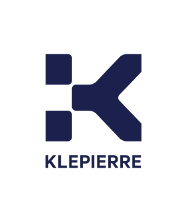
The most iconic centres in Europe, 1.1 billion visits per year and a single promise: shop. meet. connect.®
Klépierre and Teach on Mars
Klépierre adopted the Teach on Mars solution in 2018 in order to meet new market challenges and survive in an increasingly digitalised world.
The goal was to provide a modern training programme: Learn UP! allowing for innovation and boosting employees’ skills.
THE WINNING TRAINING COURSE: BEST PRACTICES
The context
Cyber-security is central to political and economic concerns. More than one in two French companies experienced at least one cyber-attack in 2021 according to the Barometer published by the Information Security and Digital Experts Club (Cesin).
What’s more, the COVID crisis weakened whole swathes of the economy in some sectors and led to an increase in the number of attacks.
As a company listed on the stock exchange, Klépierre is particularly affected by this, especially given that the type of data is more sensitive than for other companies. More specifically, the issues which present themselves are the protection, storage, transfer and archiving of data and the assignment of responsibilities among the various individuals in charge.
It was against this background that it was decided that the 2021 training programme for all staff members would focus on data protection.
Immersive training
I welcome this marvellous initiative and the very successful and high-quality project. The videos aimed at learners whisk us away; we really feel part of the project!
Sandrine Bourcier – Director of Digital and Training – La Martiniquaise – Jury Member
Learners start the training, launch the first video and the immersion is immediate. Plunged into darkness, we’re asked to remove the blindfold covering our eyes and we discover the War Room, a secret room dedicated to data protection.
Sitting by our side are other members of the Klépierre cybersecurity team, and opposite, an individual tasks us with the following mission: the team has 30 minutes to prevent a massive data leakage at Klépierre.
The learner is the central figure in the videos which form part of the course and everything is filmed from their point of view. The learner thus becomes the course’s hero or avatar: the characters speak directly to the audience – looking into the camera, and hand us items (see image below), our eyes are blindfolded and block our vision, etc.
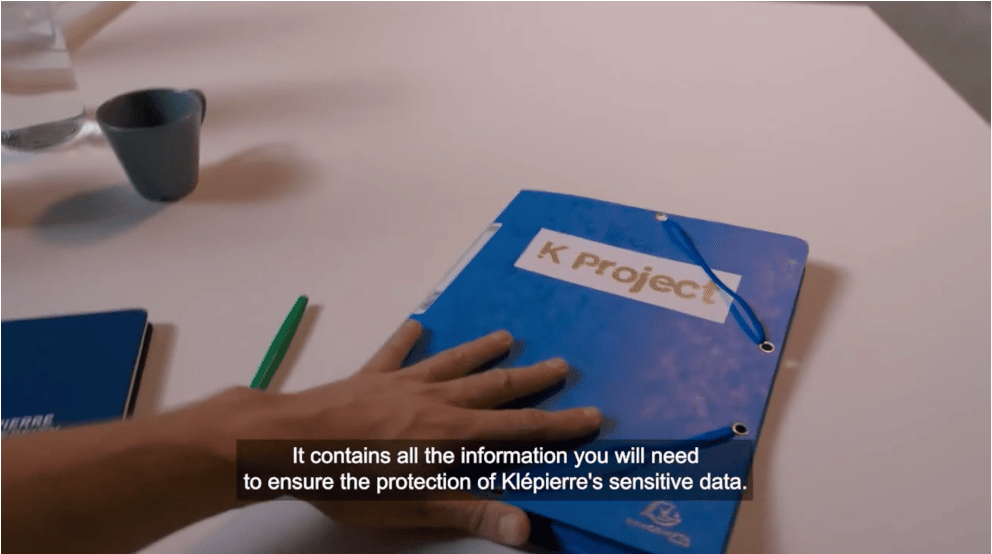
The extent of the immersion shifts up a notch when, at the end of the videos, learners are asked to make a decision about what action to take, directly influencing the storyline.
For example, in the screenshot below, learners can choose between two possible actions following the first meeting:
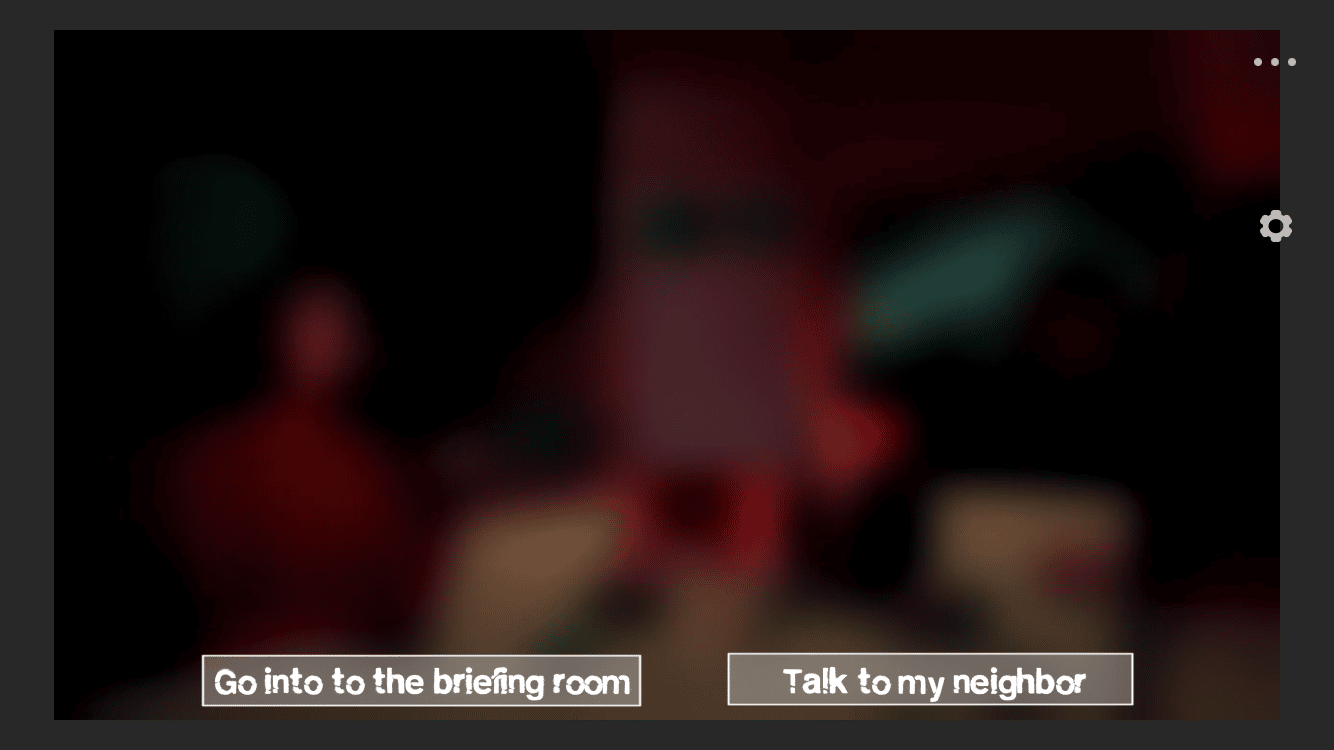
The codes of storytelling acquire new meaning
We focused a great deal on the course’s storytelling in order to create a fun, immersive, interactive and pedagogical experience.
So Yeon Lee – Group Learning & Development Manager – Klépierre – content creator
The course reinvents the codes of storytelling, and the pace is based around the narrative discourse:
- incipit → arrival in the War Room
- disruptive element → risk of massive data leakage
- actions → resolution of leakage risk by solving challenges
- resolution, final situation → data protection is guaranteed!
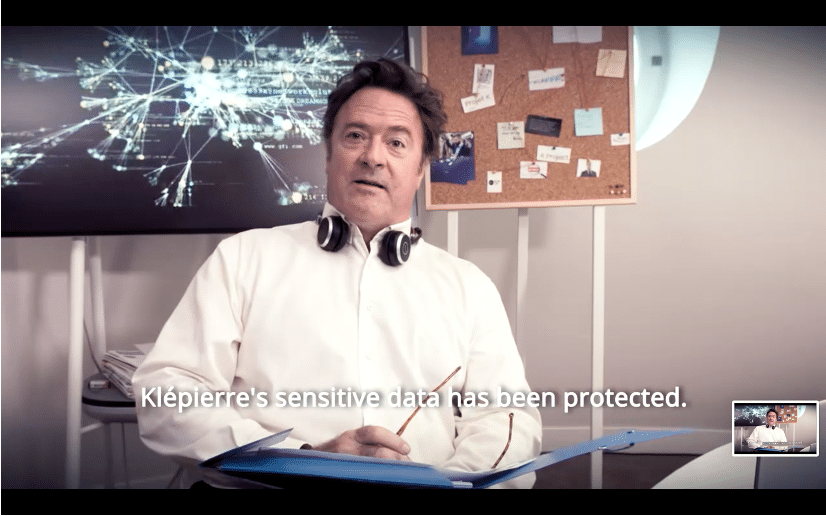
The characters are skilfully constructed, in line with the codes of series: (funny) names, character, quest… each module then transforms into an episode, in which we follow the characters’ development.
The main characters include Sourcil, the head of the mission and Kappuccino, the learner – a young, promising recruit. Complicity forms between the two characters thanks to the course: challenge, encouragement, etc.
The characters’ names are gender-neutral so as to include all staff members in the course.
Let’s not forget the operational dimension
The immersive dimension and the storytelling do not overshadow the operational dimension and the teaching objectives which are astutely introduced.
Different kinds of media are used to transmit key information: motion design graphics and audio for example.
More than simply validating knowledge, the activities the learner chooses help them to learn notions about data protection, with comprehensive field orientation and practical application.
The format of question activities varies according to pedagogical needs: multiple choice questions and role plays, for example. In order to make questions more fun, creative formats were added: puzzles to piece together, hangman with letters hidden in the course and gapped sentences with words to slide in.
The questions help to check learners’ ability to transfer their knowledge to the field (level 3 of the Kirkpatrick model) with cleverly written (right or wrong) answers.
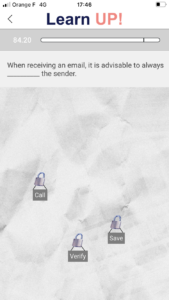
Moreover, the toolbox is a practical guide which contains all the elements needed for field implementation and developing knowledge about the topic: IT charter, code of ethics, internal regulations, etc.
The results
Thanks to the quality of this course, Klépierre obtained very good learner engagement, with a deployment rate of 99% and an average completion rate of 99%.
More than 1,100 learners now use Klépierre’s training portal.
What’s more, the course was nominated in the category: “Excellence in the design of learning content – commercial sector (International)” at the Learning Technologies Awards.
THINGS TO KEEP IN MIND ABOUT BEST PARCTICES
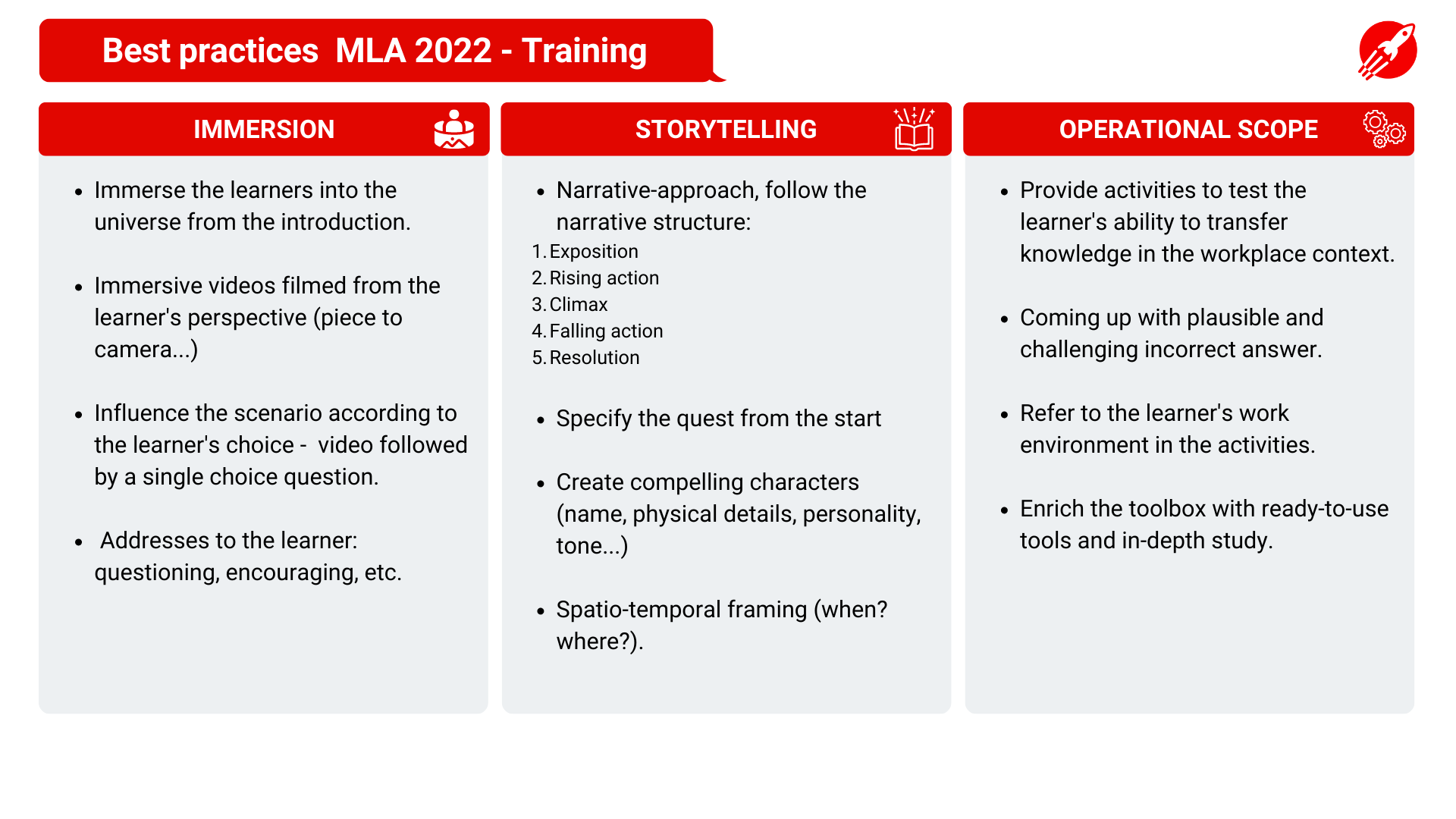 We hope these best practices will inspire you!
We hope these best practices will inspire you!

D’abord éditrice de manuels scolaires, professeure et coordinatrice pédagogique à l’Université, Julia a rejoint l’équipe Learning Experience chez Teach on Mars pour apporter ses compétences en pédagogie. La gamification et la différenciation pédagogique sont notamment ses chevaux de bataille.

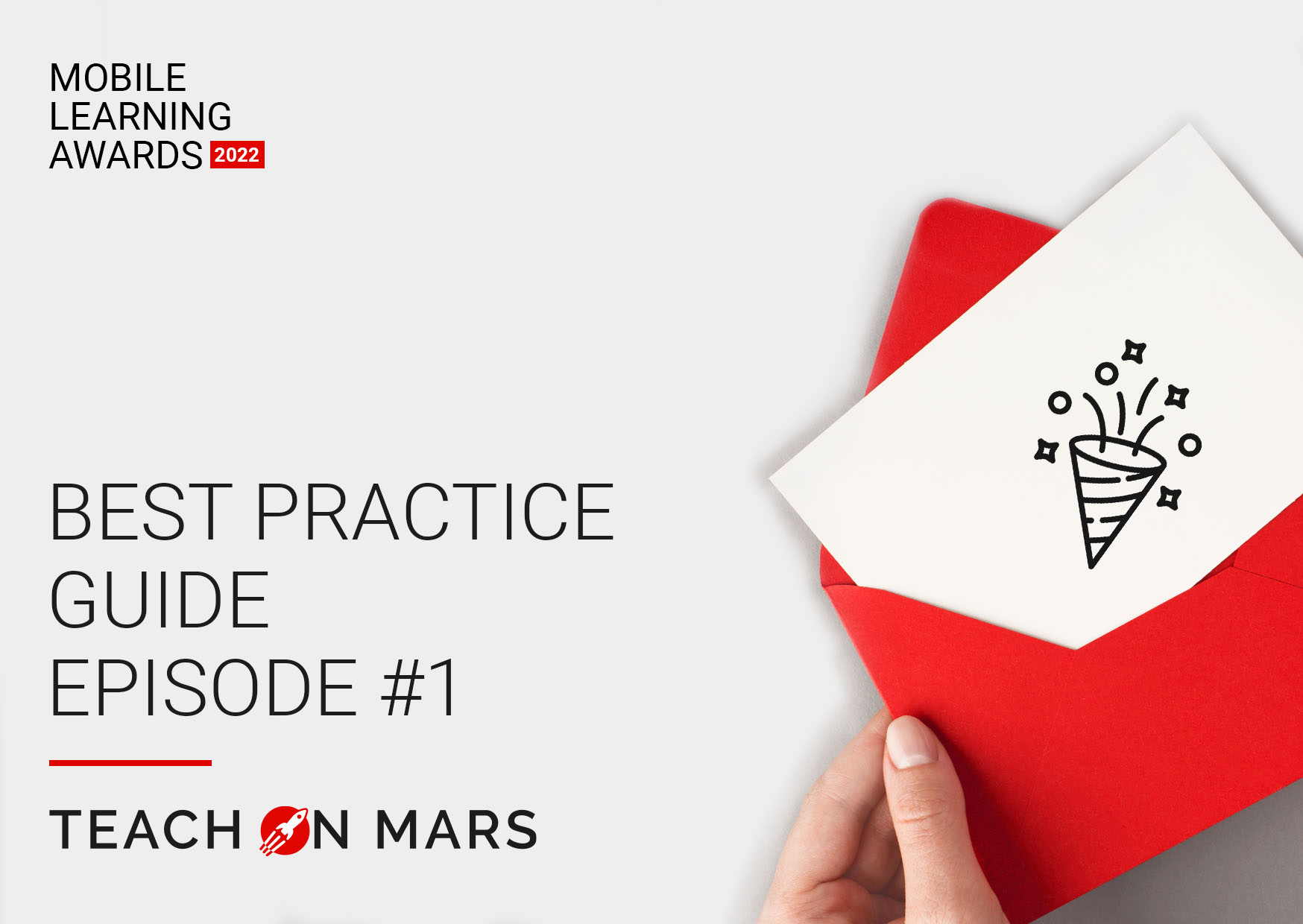

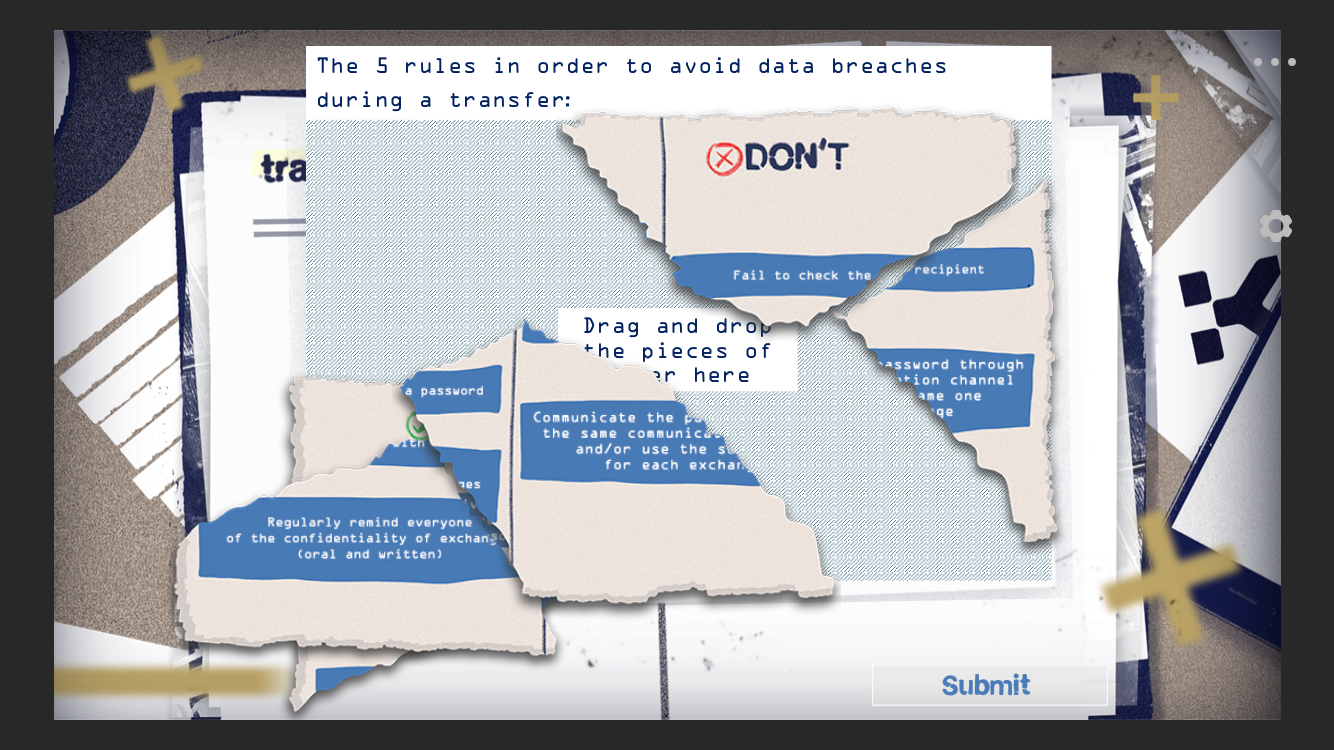
![[Mobile Learning Awards] Spotlight on IWC, winner of the Deployment Award, best practices guide](https://www.teachonmars.com/wp-content/uploads/2024/05/Visu_BestPracticesGuide3-400x250.png)
![[Mobile Learning Awards] Spotlight on Diptyque, winner of the Integrated Training Award, best practices guide.](https://www.teachonmars.com/wp-content/uploads/2024/04/visu_BestPracticesGuide2-400x250.png)
![[Mobile Learning Awards] Spotlight on Le Bon Marché, winner of the Native Training Award, best practice guide](https://www.teachonmars.com/wp-content/uploads/2024/03/Visu_BestPracticesGuide1-1-400x250.png)